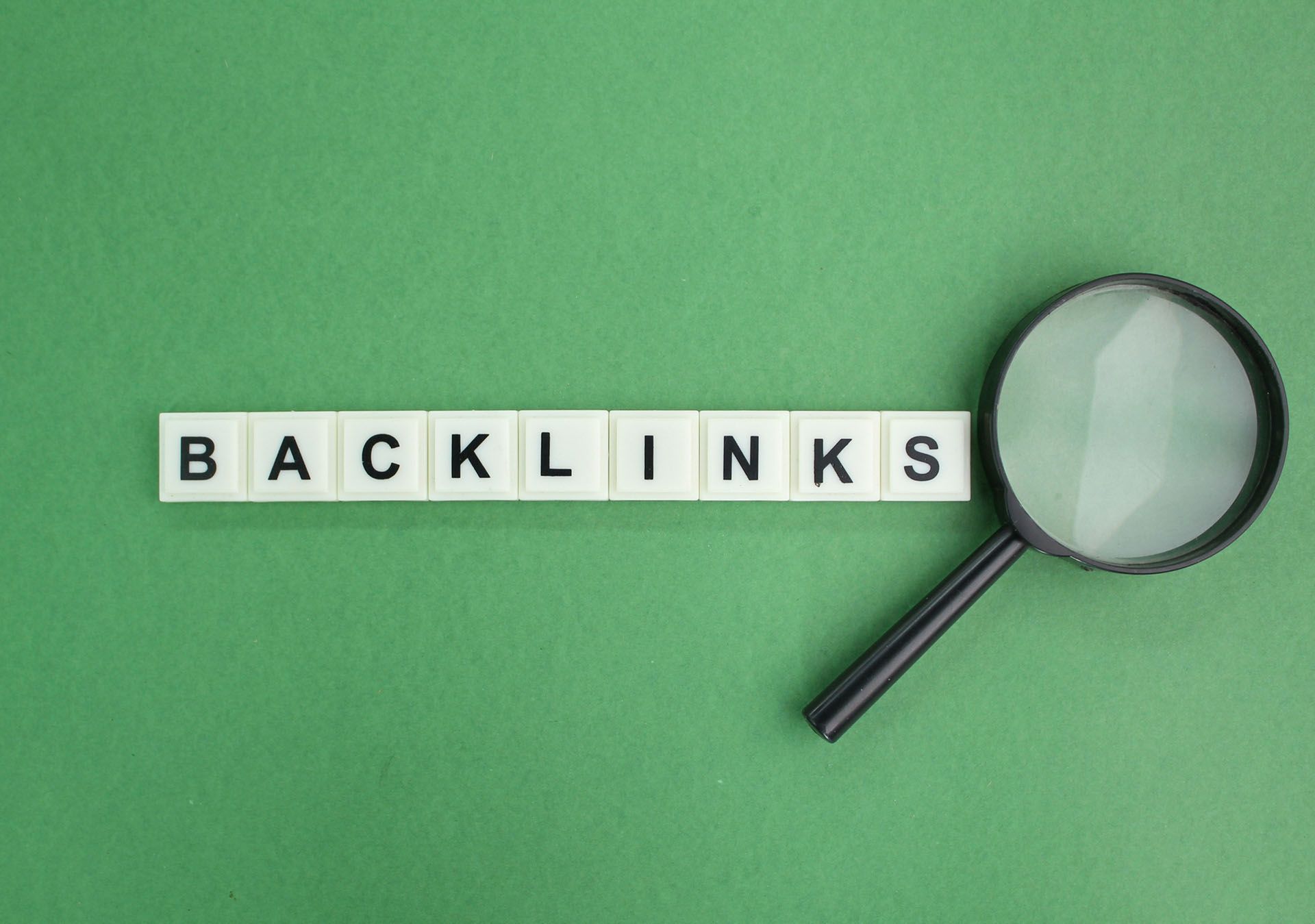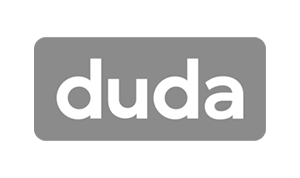Crown Street, Wollongong, 2500
Brands Missed Oscars Push Due to Key Word Blocklists
Keyword blocklists prevent ads and other content from appearing alongside undesirable text, opinions, and images. Yet these blocklists have become so in depth, that they are eliminating brand-safe content. We discuss how companies can miss out by using keyword blocklists.
New data has suggested that brands are severely limiting their reach by employing blocklists that filter out content-specific keywords. In particular, blocklists have recently eliminated over half of all Oscar-related content, with figures going as high as 56%. This is despite the fact that it is non-political, non-offensive, and brand-safe.
Keyword Generation and Blocking
A keyword generator is at the heart of all content creation. It allows you to find keywords that can be incorporated into your content. Brands can then use this in blog posts, social media, podcasts, and other digital mediums. In this case, they can be used in targeted ads to increase their reach. These generators will also provide you with other information such as competition and the traffic for each keyword.
A keyword blocklist is part of a keyword tool. Generally, you add words to it that you are trying to avoid any association with. You may use them to avoid being flagged as spam in emails, for violating carrier information in SMS marketing, or just due to general cultural and social touchpoints. Words may have negative connotations, for example, being related to industries that you don't want to be a part of, such as adult content.
The data looked in the study looked at 460,000 page views, from the end of December 2024 to January 2025 when Oscars hype was abundant. Around 56% of these pages were viewed as problematic due to the inclusion of keywords that appear on blocklists. However, the truth was that they were perfectly brand-friendly, meaning they had no negative connotations and were simply about the Oscars themselves.
It is believed many of these keywords may have been attached to the content within the movies, and their discussions. For example, movies like Emilia Pérez and Nickel Boys, just in their basic description, can have bundles of keywords that blockers would describe as inflammatory. Even the mention of the word violence could see a blocker kick into action.
How Does This Impact Content Creation?
Content created about the Oscars is not the only entertainment sector to hit the keyword buffers. A further study saw that only around 43% of content related to both the Superbowl and the Paris Olympics was classified as safe but still blocked.
Think back to last year's ‘Brat Summer’ craze. Brands were jumping on the back of singer Charli XCX’s smash hit album, painting everything a sickly green to tie in with the new trend. Yet the content in her lyrics and themes would never have passed a keyword blocklist. This would have been gold to a cosmetics or fashion brand. Yet many may have missed out.
Brands are worried about where their content appears. For example, without blocking certain keywords, content and adverts could appear anywhere. This situation has been exasperated by the removal of fact-checking on many social media sites. There is now less clarity about where ads are showing, meaning more reliance has been put on using keyword blockers.
It also presents a dilemma for those creating the content itself. With keyword blockers becoming more intensive, it strips down the language that can be used. This means huge sections of current affairs and global events cannot be written about without falling foul of the censors. This in turn creates poor content, that no one wants to engage with.
Common Mistakes When Keyword Blocking
To ensure that brands are not falling foul of excessive keyword blocking, they need to think smarter. Using pre-populated lists is not enough, as many are often overly excessive. Instead, the solution lies in taking notice of the context in which keywords are used. If not, marketing campaign scales can be vastly limited and they may not reach a large target demographic.
Lists also need to be checked and updated regularly. This is where a robust, up-to-date keyword generator or checker tool is essential. As trends, fashions, and views change quickly, so must the keyword blocker list. In fact, real-time monitoring should be a key brand safety measure, as opposed to the reliance on pre-populated and outdated lists.
There are alternatives to keyword blocklists. This is generally a contextual targeting approach. Any ads are placed in areas that are contextually relevant, as opposed to ones based on safe keyword usage. However, as a more advanced and in-depth approach, this will also cost a lot more and take a bigger chunk of your marketing budget.
By no means is keyword blocking redundant. However, it is eliminating brands from large markets and blocking content that is safe. Some words, such as extremely offensive terms will always work on keyword blockers. Yet as content and competition are becoming more fearsome, adapting to contextual approaches could give you a head start on the competition.

Love My Online Marketing has 10+ Years of working alongside businesses and helping them grow. Discuss your options for online success from website Design and Development through to Google Marketing.
Do you want more traffic and business leads?
Love My Online Marketing is determined to make a business grow. Our only question is, will it be yours?






























